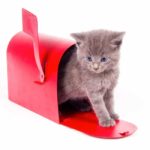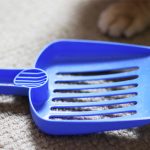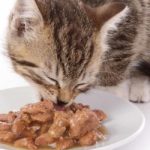The best kitten toys usually have interactive elements. They feature feathers, tassels, bells and other interesting noises to capture your young cat's … [Read more...]
5 Real Benefits Of Fish Oil For Cats
Fish oil for cats is a supplement that you can feed to your kitty. And it actually has scientifically confirmed health benefits! These include … [Read more...]
Are Cat Window Perches Safe?
Are cat window perches safe, or an accident waiting to happen? All the cats I’ve ever known have loved to climb, but there’s something about the … [Read more...]
Best Hidden Cat Litter Box – Clever Concealment for Cat Toilets Reviewed
A hidden cat litter box can be ideal for indoor and outdoor cats alike. These options keep the cat’s box out of the limelight, and stop it from … [Read more...]
Cat Litter Scoop – Review and How-To!
The best cat litter scoop collects up your kitty's waste with minimum spills. When choosing the best cat litter scoop, you'll want something that's … [Read more...]
Best Cat Towers – Top Tips And Reviews Of Big and Small Cat Towers
The best cat towers or cat trees have lots of levels for your cat to climb and perch on, dangling interactive toys, and places to hide or sleep. Most … [Read more...]
Best Wet Cat Food Guide – Top Tips and Reviews To Help You Choose
The best wet cat food options can vary depending on the age, health, and nutritional needs of your individual cat. Your kitty may need the best … [Read more...]
Best Cat Tree – Reviews and Tips To Help You Pick The Right Cat Tree
The best cat tree for your cat will provide hours of entertainment and exercise! Cat trees are pieces of equipment specially designed for your cat to … [Read more...]
Cat Chew Toys – The Top Toys For Cats That Love To Gnaw
Cat chew toys are a vital and enjoyable part of your pet cat’s life. They're a safe way for your cat to satisfy that natural hunting instinct. But, … [Read more...]
Best Air Purifier For Pets – Dander Removal For Allergy Sufferers
What's the best air purifier for pets if your favorite furry family member is making you sneeze? Allergies are annoying. They make our eyes red, our … [Read more...]
- 1
- 2
- 3
- …
- 6
- Next Page »









